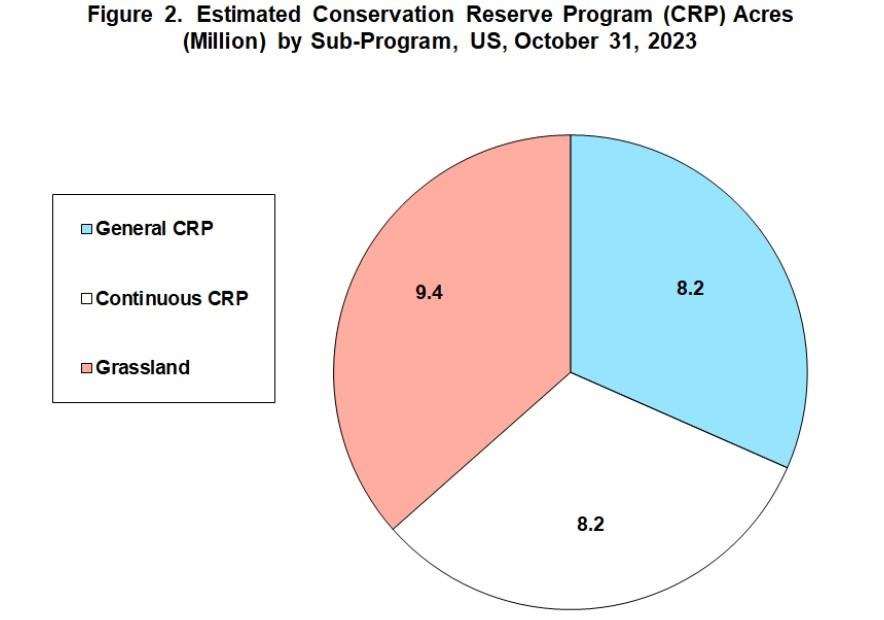By Beverly Hampton Pfifer
Increasingly, dairy herds are being built with beef in mind. While that changes supply chains, it doesn’t change the need for quality calf care.

To that end, there’s a paradigm shift taking place on U.S. dairy farms. The National Association of Animal Breeders (NAAB) reports that since 2016, U.S. dairy semen sales dropped by 5.3 million units to settle at 17.1 million units. On the flip side, beef semen sales climbed from 2016’s 2.5 million units to reach 8.7 million units in 2021. That’s a 6.2 million-unit shift in a six-year window.
Due to the beef sector’s use of natural insemination and the fact that national dairy herd numbers have remained relatively steady over the past decade, it’s largely assumed that up to 5 million dairy-influenced animals are now entering the beef supply chain annually, though publicly available data related to beef processing by breed is limited.
That’s just the start of the shift in the dairy-beef narrative. A growing number of farm and ranch operations are being used solely for rearing of these crossbred animals, in addition to off-site calf rearing for dairy replacement heifers, creating an entirely new sector of animal production.
Over the years, we have learned that where there is supply chain traceability, dairy and beef customers expect risk mitigation through quality assurance programs. And while the National Dairy Farmers Assuring Responsible Management (FARM) Program framework is structured for farms with lactating dairy animals, the program recognizes the role of this new calf-rearing sector within the greater dairy and beef supply — and the need for the same quality assurance. Ensuring exceptional management and care of calves — regardless of their genetics — is critical to the future of the U.S. dairy industry.
Establishing a framework that’s useful to farmers and ranchers while providing assurances to both dairy and beef supply chains isn’t easy. The Calf Care & Quality Assurance Program (CCQA) is a joint effort led by the FARM Program and National Beef Quality Assurance Program with support from the Dairy Calf and Heifer Association and Veal Quality Assurance. With input from a technical task force of calf producers, veterinarians, and academics, CCQA maintains a unified set of standards, provides training resources for employees, and through an audit tool coming later this year, also provides quality assurance to the dairy and beef supply chain.
CCQA largely formalizes the existing standard of care for calves already occurring on farms and ranches across the United States. This ranges from calf health priorities to animal handling and stockmanship best practices to management and care practices. For dairy farms already participating in the FARM program, the CCQA caretaker course provides continuing education for calf care and earns the farms a CCQA/FARM equivalency certification. Employee training and continuing education are key components of quality animal care. Some best practices from each of the main CCQA categories are:
- Calf Health: Veterinarian-Client-Patient Relationship
Veterinarians are key assets on successful calf-rearing operations. In addition to helping establish and maintain a health management plan and advising medical cases, veterinarians can serve as a training resource and assist in determining gaps in management or protocol drift.
- Animal handling, stockmanship, and training
Handling and facility design should prioritize low stress handling techniques. This is not only important for reducing calf stress, but it can also improve safety for staff. A zero-tolerance policy for unacceptable handling must be in place, and best practice for all management practices should be reinforced through training of those with animal care responsibilitie.
Click here to see more...